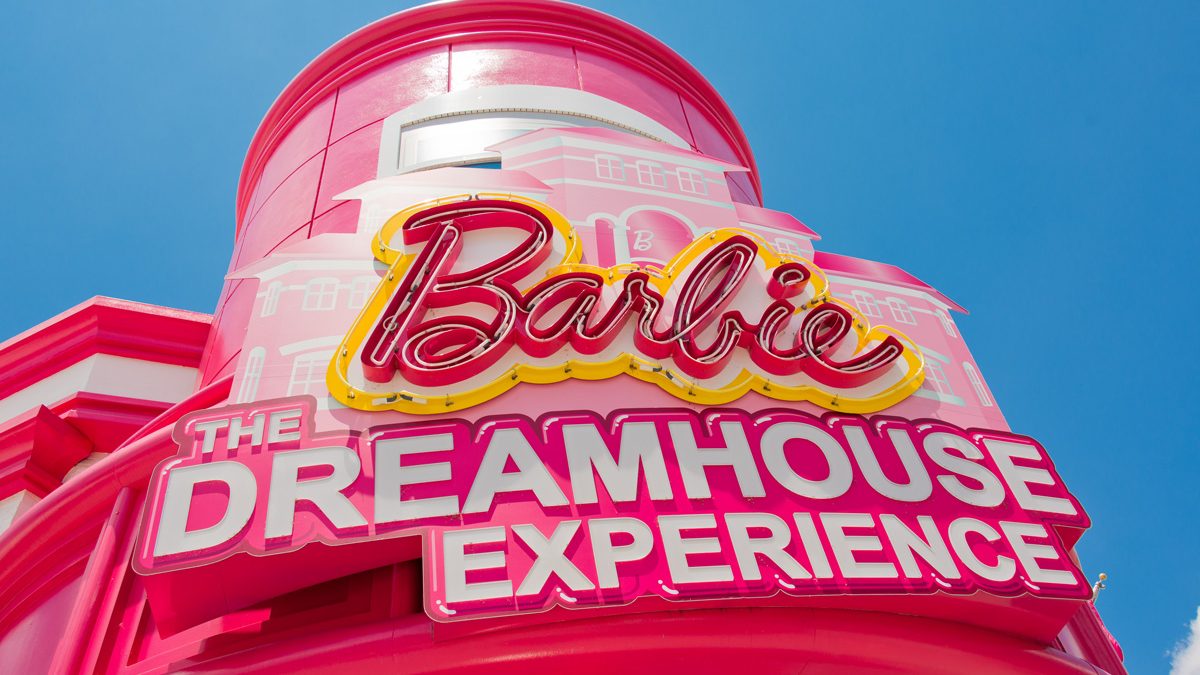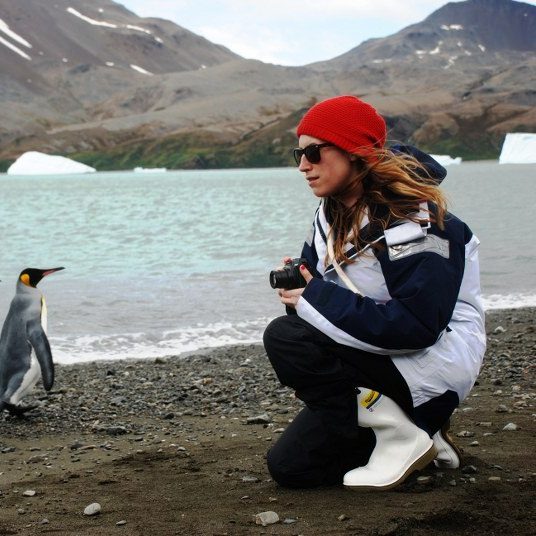
In the wake of the mega-blockbuster hit, BarbieLand is becoming a real-life destination. But we don’t have to buy what Barbie is selling.


In the wake of the mega-blockbuster hit, BarbieLand is becoming a real-life destination. But we don’t have to buy what Barbie is selling.
For weeks, people have been dressing to the nines in their best bubblegum pink and streaming into theaters to watch the film of the summer: Barbie.
Just as Barbie herself travels from Barbieland to the Real World in the movie, the film’s publicity team has gone to extraordinary lengths to bring parts of Barbie’s world into our own. You can get Barbie-branded products at clothing stores like Hot Topic or the Gap, and on other Mattel-brand toy lines, like Hot Wheels, or buy your own pair of Barbie and Ken’s neon yellow-and-pink rollerblades.
But it’s not just merch—Barbie’s floor-to-ceiling pink DreamHouse appeared in Malibu, and was briefly available to rent on Airbnb. There’s even a Barbie-themed ‘staycation’ opening at the Grand Hyatt Kuala Lumpur. In aggregate, it begs the question: What do we really want to take away from the movie? Is it really just buying pink stuff?
Barbie the doll, as we all now know after watching Barbie the movie, was one of the first dolls of an adult woman rather than a baby: Little girls could act out an adult version of themselves, rather than play solely at motherhood. Barbie has always been intended to be aspirational—a projection of a future, and naturally came with all the trappings of traditionally desirable American adulthood: A house, a car, racks of clothes and shoes, and—of course—time and money to be spent on luxurious vacations.
Some scholars contend that the doll represents the worst parts of our desires to ‘do our best.’ “The key story that gets told by Barbie is a story about how the American dream is an American dream of consumption,” Dustin Kidd, an associate professor of sociology at Temple University and director of its general education program, told The 19th News.
Basically, it takes more than a tiny waist and long legs to achieve the Barbie ideal—you also need a lot of stuff, have a lot of money, and an open door (and wallet) to travel anywhere in the world. In all fairness, the film’s tween heroine served up a critique along these lines, accusing Barbie of promoting “shallow consumerism.” But the film was bankrolled by Mattel, the company that makes Barbie dolls (and many other toys), as part of a business strategy to license out intellectual property to create media that will boost sales.
There is a lot to love about the Barbie movie, but sometimes the message gets lost that the most genuinely alluring parts of the world it depicts are things that can’t be bought with a single swipe of a credit card and jetting off to a new place. Women in BarbieLand occupy important societal positions, are financially independent, and support one another’s achievements.
And, look, we’re not going to tell you not to buy those neon rollerblades or go on that Barbie-themed vacation if it’ll truly bring you joy. But at the same time, seeing bright pink Airbnbs for rent is a good reminder to try and keep your eye on the real prizes of life.
***
Adventure.com strives to be a low-emissions publication, and we are working to reduce our carbon emissions where possible. Emissions generated by the movements of our staff and contributors are carbon offset through our parent company, Intrepid. You can visit our sustainability page and read our Contributor Impact Guidelines for more information. While we take our commitment to people and planet seriously, we acknowledge that we still have plenty of work to do, and we welcome all feedback and suggestions from our readers. You can contact us anytime at hello@adventure.com. Please allow up to one week for a response.

Miyo McGinn is Adventure.com's US National Parks Correspondent and a freelance writer, fact-checker, and editor with bylines in Outside, Grist, and High Country News. When she's not on the road in her campervan, you can find her skiing, hiking, and swimming in the mountains and ocean near her home in Seattle, Washington.







Can't find what you're looking for? Try using these tags: